





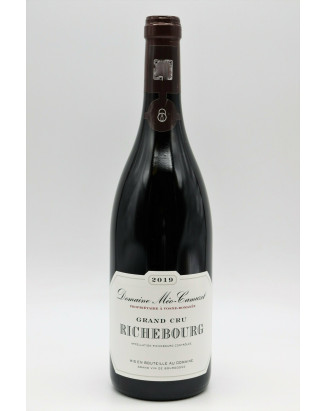



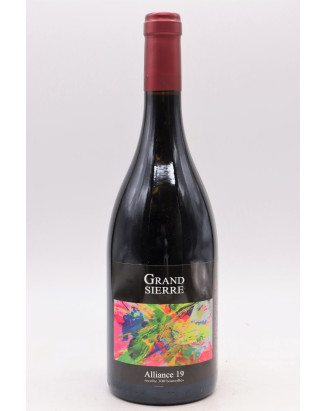




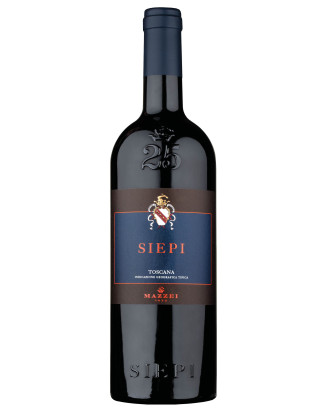

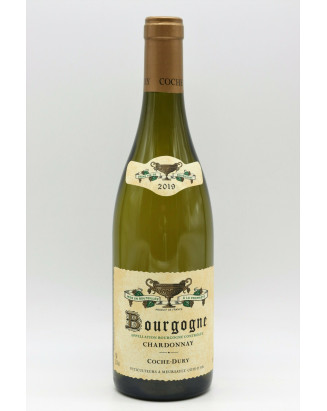

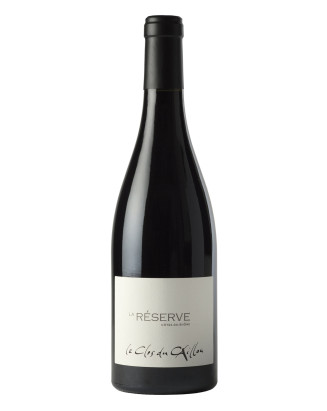


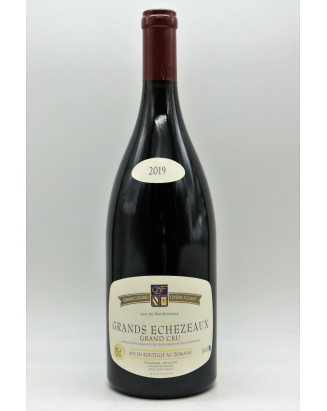



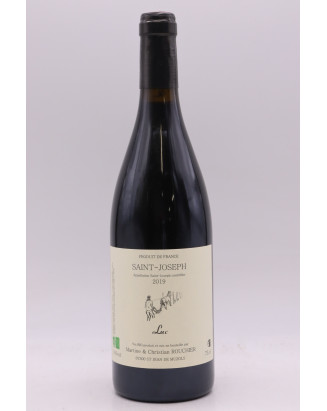
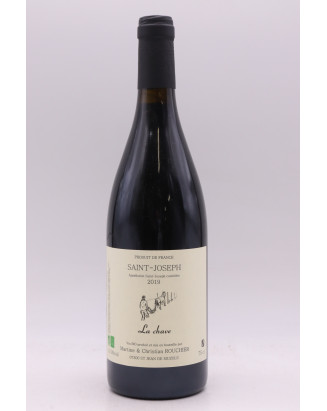

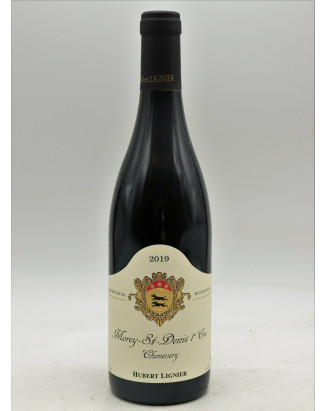
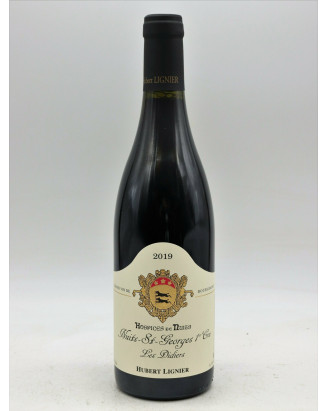

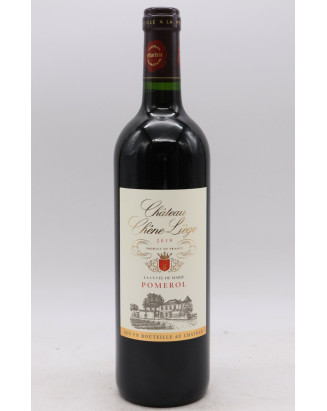
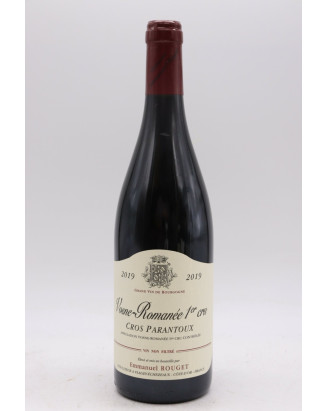

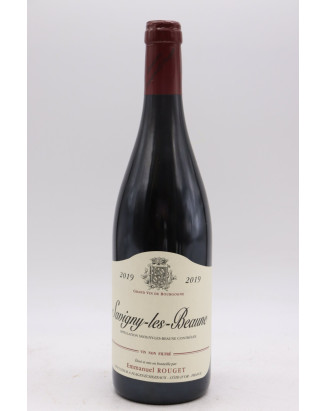







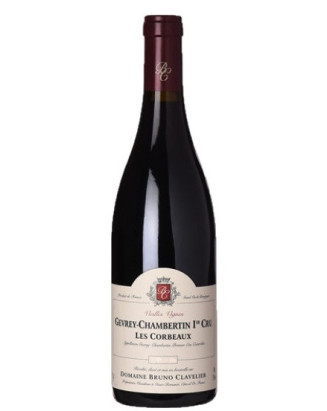


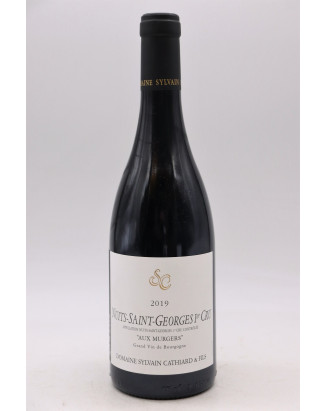




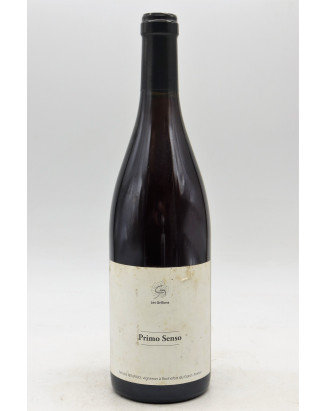

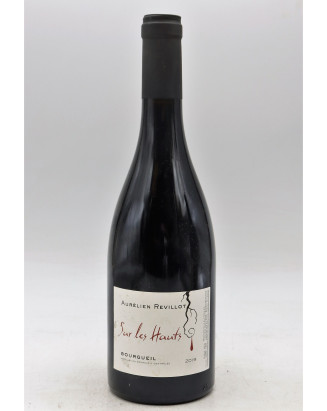
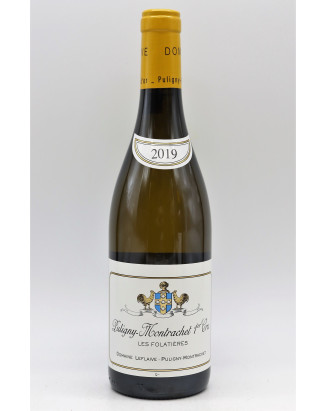



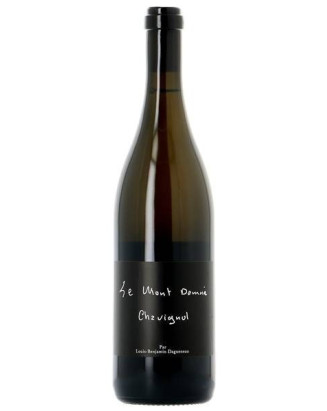





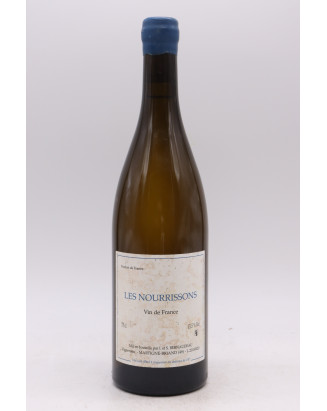


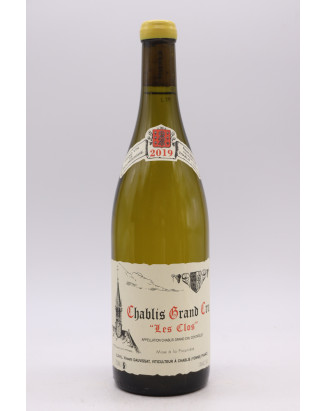


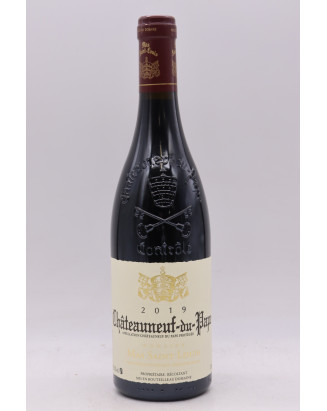







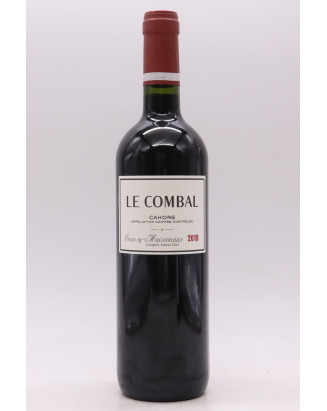
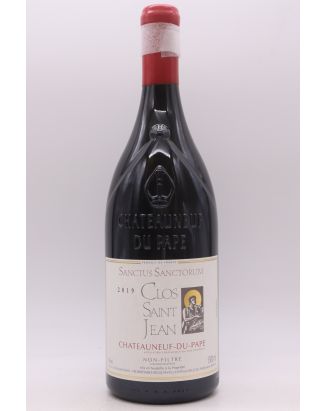



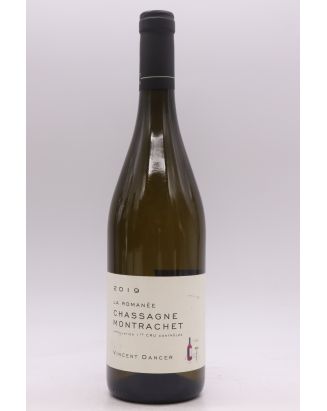
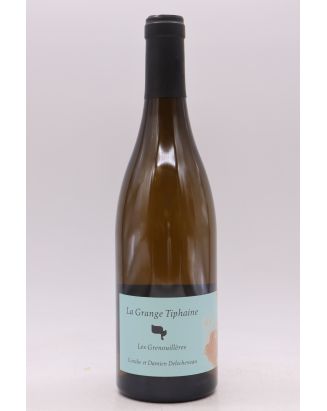
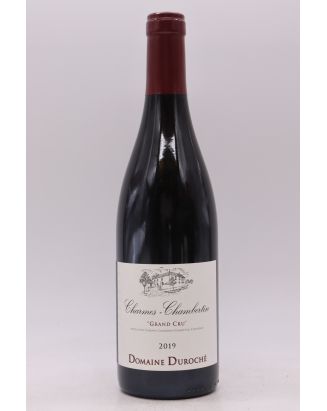
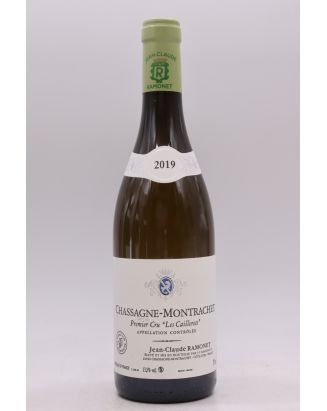

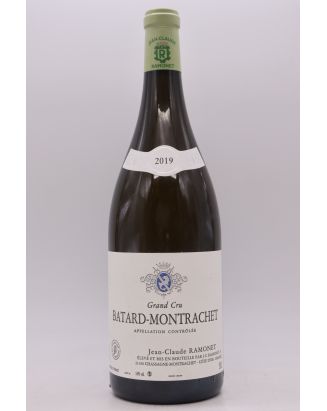



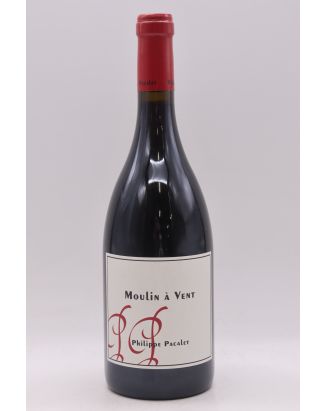



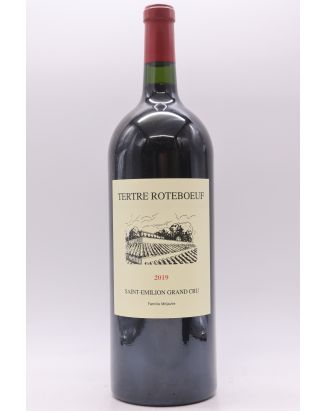
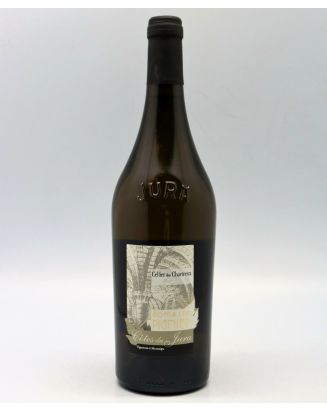


2019 was a temperamental year for Burgundy, with everything from frost to drought. The harvest nevertheless took place in excellent conditions, allowing the berries to develop well in the final days of their vegetative cycle. Although the vintage was described as rather sunny, the juices nevertheless showed good acidity, and the grapes harvested were of a very high, healthy quality. The Bourgogne Rouge wines are characterized by fresh, concentrated Pinot Noir grapes, with a pronounced intensity of fruit that will win us over in their youth. Their acidity also gives them good ageing potential. Côte de Nuits, Côte de Beaune and Côte Chalonnaise (Givry and Mercurey in particular) represent a triptych of quality! As for the Bourgogne Blancs, the precise work of the best producers has resulted in high-quality Chardonnays, producing dense, fruity wines with sufficient freshness.
The 2019 vintage was simpler than the previous one in Bordeaux. Despite a few frost warnings in mid-spring, the vines had to contend with great heat. At a time when scorching was feared, several rainfalls gave the vineyards a breather during the summer and just before the harvest; enough to bring freshness. The 2019 Bordeaux reds are considered to belong to a great vintage: beautiful qualities of ripeness, particularly for the Cabernet Sauvignon, which sometimes struggles to reach its peak, richness and density. Intense aromas of black fruit, straightforward tannins for the Cabernets and a voluptuous, suave texture for the Merlots, the Bordeaux wines of the 2019 vintage are well-balanced and can be drunk more quickly than the 2018s, which are designed for laying down. The dry Bordeaux Blancs are well-balanced, combining freshness and density, making 2019 a great vintage! As for the sweet wines (Sauternes, Barsac), production was very low, as the conditions for botrytis development were not present. The flavors of the grapes left on the vine were diluted by the heavy rainfall in October.
In Alsace, years in 9 are very often successful: after 1949, 1959 and 1989, 2019 is also a great success. A mild winter, a rather cool spring, a slight delay in the vegetative cycle, but a dry, warm June, to reach berry ripeness. The sylvaners and rieslings are very well made, with fruit and substance ensuring good ageing potential.
In Beaujolais, the vintage was less spectacular than 2018, with more balance thanks to a more pronounced freshness, after a complicated year punctuated by frost, drought and stormy episodes. These ups and downs allowed the berries to ripen well, and the storms enabled the grapes to retain some acidity! The result is fruity, floral and acidic wines.
As in Burgundy, the climate in Champagne was not without its excesses. Mild winters, spring frosts and very hot weather in early summer. Thanks to a few rains during the summer's "chassés-croisés", the end of berry ripening took place in good conditions, with cooler nights allowing the different Champagne grape varieties to retain a certain acidity. Pinot Noir, Pinot Meunier and Chardonnay are all of high quality!
In the Northern Rhône Valley, the quality of the vintages in 9 is still true! More than expected rainfall in August halted water stress after a hot, dry summer. Vines in the Côte-Rôtie appellation, for example, produced delicious, concentrated juices with good acidity. The Condrieu wines were also successful, with good acidity despite higher titers of around 14 degrees.
In the Southern Rhône Valley, where climatic conditions are regularly favorable, 2019 is a very good vintage. Fruity and ripe, rich and dense, the wines can be enjoyed young and are ideal for laying down. In the Châteauneuf-Du-Pape appellation, in particular, there will be some great vintages!
In the Loire region, the 2019 vintage has been tough for winegrowers, with very small quantities. Fortunately, the quality of the wines is there for all to see! Thanks to good weather conditions at the end of the vegetative cycle, the harvest went well and already promised good juices. The red wines have better acidity than the previous year and better ageing potential. Lots of freshness, depth and aromas of fruit and flowers. The Loire whites suffered a little more from these highly variable conditions, but are still up to standard.
Despite the vagaries of the weather, a large number of very demanding winegrowers, often working in organic or biodynamic viticulture, have enabled Jura and Savoie wines to reach a very high standard. In the Jura, frosts were severe, particularly in vineyards located on the plains, but those nestling on the hillsides held up better. Late-ripening grape varieties (Trousseau and Savagnin) flourished. Savoie suffered a little less and produced a classic, good vintage! Savoy white wines are very good and fruity, while red wines are aromatic and easy to drink.
As for southern wines, it was another very hot year! This was followed by a milder cycle, much to the delight of the winemakers. In Provence, Bandol wines produced the region's best reds, supple, juicy and aromatic: already easy to drink and good for laying down. A lot of wind in Corsica caused a drop in production, but some appellations produced outstanding whites and reds, with rosés still of good quality. The Languedoc Roussillon region also suffered from a number of climatic contingencies, which gave the winegrowers no time to rest: the red wines are nevertheless very well-balanced, with silky tannins, good aromatic concentration and freshness! The whites are also at a good level, even if the drought has affected the berries a little more.